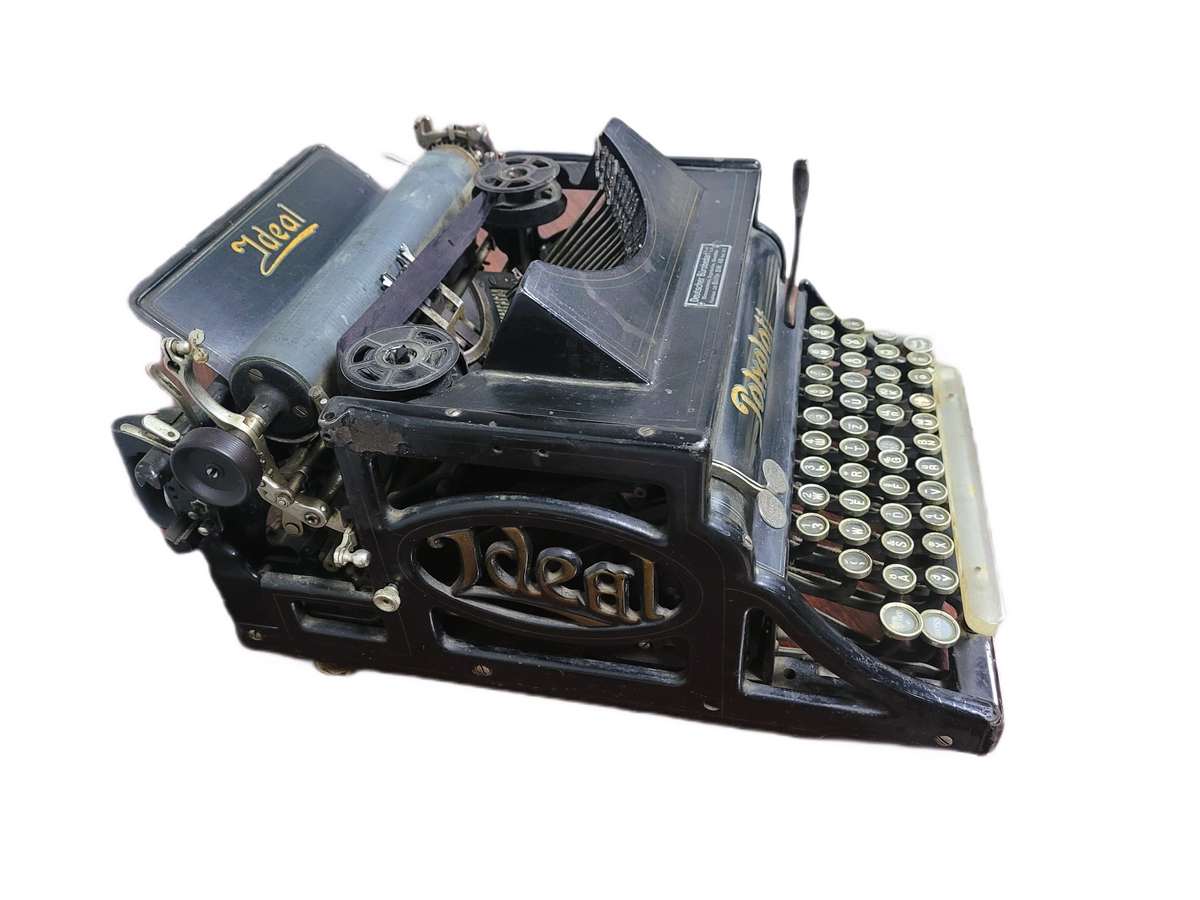  Events Archive Events Archive
COMMEMORATIVE WALKING TOUR
September 8, 2024
Mereni village, Anenii Noi district
On September 8, 2024, in Mereni village, Anenii Noi district, the Commemorative Walking Tour took place, an event organized by the National Museum of History of Moldova, in partnership with the Institute of History of the Moldova State University, the Association of Former Deportees and Political Detainees from Moldova, the Sybir Memorial Museum in Białystok (Poland), the Genocide and Resistance Research Center in Vilnius (Lithuania), the Museum of History and Ethnography in Mereni and the open-air Museum Complex in memory of the victims of political repressions. In the Republic of Moldova, this action takes place for the first time, as part of an international project "Memorial Peloton", and aims to honor the memory of all the victims of totalitarian regimes and the dramatic events that took place in Central Europe after the signing of the secret Hitler-Stalin protocol, on August 23, 1939. The Commemorative Walking Tour started in the courtyard of the open-air Museum Complex in memory of the victims of political repressions, in the presence of the survivors of Stalinist repressions and deportations from Mereni, and gathered around 30 historians, museographers, lawyers, painters, civil society representatives and media from the Republic of Moldova, Poland, and Lithuania. The greeting from the coordinators from the Republic of Moldova was addressed by the Associate Professor, Dr. Ludmila Cojocaru, head of the Museum of Victims of Deportations and Political Repressions, NMHM and Mr. Alexandru Postica, President of the Association of Former Deportees and Political Detainees from Moldova, both speakers mentioning the importance of involving Moldovan society in European commemorative projects. On behalf of the European partners, the greeting was addressed by the coordination of the "Memorial Peloton" project, Dr. Piotr Poplawski, Sybir Memorial Museum in Białystok (Poland), who emphasized the importance of the participation of the Republic of Moldova, together with Lithuania, Estonia and Latvia in the common effort of edification a European memory. Among the guests of honor at the event in Mereni was Mr. Liudas Gintautas Dabkus, Attaché of the Embassy of the Republic of Lithuania in Chisinau, who reiterated the importance of involving the local communities in the Republic of Moldova, especially the young generation, in historical knowledge and the promotion of democratic values in the society of the Republic of Moldova. The Commemorative Walking Tour included four stops at the most representative places of memory in the Center sector of Mereni, under the coordination and guidance of University Professor, Dr. Hab. Gheorghe Postică, National Museum of History of Moldova. The participants of the walking tour had also the opportunity to visit the household of some descendants of the former deportees from the village of Mereni - the Baciu family, who told about the sufferings and cases of anti-communist resistance of the people of Mereni during the Soviet occupation. At the end of the walking tour, the participants were invited to the opening of the photo-documentary exhibition "Childhood in the Gulag", presented by Associate Professor, Dr. Ludmila Cojocaru and Associate Professor, Dr. Virgiliu Bîrlădeanu, Head of the Contemporary History Section, Institute of History of the Moldova State University. The conclusions and future projects, articulated within the framework of the "Memorial Peloton" actions in the Republic of Moldova, were presented by the General Director of National Museum of History of Moldova, University Professor, Dr. Hab. Eugen Sava and the representatives of partner institutions: University Professor, Dr. Hab., Wojciech Śleszyński, Director of the Sybir Memorial Museum in Białystok (Poland) and Dr. Arunas Bubnys, General Director of the Genocide and Resistance Research Center in Vilnius (Lithuania). The "Memorial Peloton" originated from the Sybir Memorial Museum in Białystok, Poland, in 2017, and after 2022, expands to other European countries marked by the dramatic events that took place after the signing of the secret protocol of the Molotov-Ribbentrop Pact on August 23, 1939, secretly dividing Europe between Nazi Germany and the Soviet Union. This year, 2024, the commemorative action takes place in Riga/Latvia (August 21), Vilnius/Lithuania (August 23), Białystok/Poland (August 24), Mereni/Moldova (September 8).
|





 The side panels are elegantly decorated with refined cast-iron elements in the Art Nouveau style, displaying the brand name - "Ideal." The Polyglott model, featuring a bilingual keyboard patented in the United Kingdom by Max Klaczko from Riga, Latvia, was produced between 1902 and 1913, marking the first typewriter capable of writing in two languages. The "Ideal Polyglott" typewriter was actively sold in the Russian Empire and gained significant popularity in Poland, Bulgaria, and Serbia.
The side panels are elegantly decorated with refined cast-iron elements in the Art Nouveau style, displaying the brand name - "Ideal." The Polyglott model, featuring a bilingual keyboard patented in the United Kingdom by Max Klaczko from Riga, Latvia, was produced between 1902 and 1913, marking the first typewriter capable of writing in two languages. The "Ideal Polyglott" typewriter was actively sold in the Russian Empire and gained significant popularity in Poland, Bulgaria, and Serbia.




















































